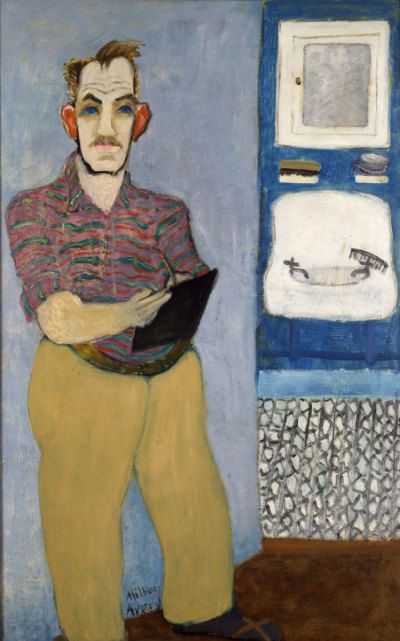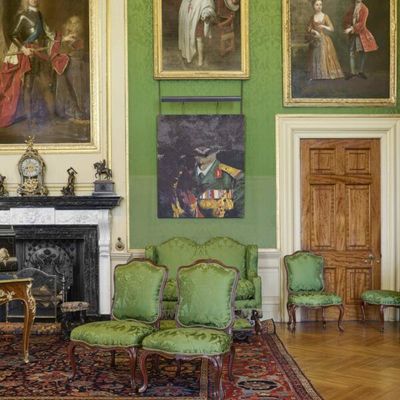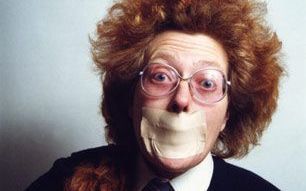SITTING on the number 87 bus going past the houses of Parliament in London just as Boris Johnston was saying his goodbyes, there was a feeling of time collapsing.
People were demonstrating outside and it took me back to the late eighties when I lived and worked in London as a fresh-faced graduate. Margaret Thatcher was in power and the poll tax riots were around the corner.
To sit on that bus days after attending Convergence, a collaboration between Bbeyond and Live Art Ireland in Tipperary’s Milford House – a centre for art research and development with a large photograph of Countess Markievicz in full military dress and feather hat and pointing a revolver – was strange.
The image was in marked contrast to the images produced by the children in Inner East I had been working with the weeks before.
The role of visual art and artists' ability or failure to capture a moment or thought can shift perceptions and make impacts that we can not be entirely aware of.
The number 87 bus was taking me to Tate Britain, where Cornelia Parker has a large solo exhibition. The exhibition spans thirty five years and over one hundred works.
Parker transfers everyday objects and pushes the boundaries of what we understand sculpture to be instead of carving, modelling or casting. She collects familiar items which she then squashes, explodes, shoots, burns or turns inside out.
She uses visual metaphors and story telling to investigate the nature of violence, ecology, national identity and human rights.
In Thirty Pieces of Silver, steamrollered silver objects are suspended to hover a few inches above the ground, moving gently as you pass them by.
The art piece 'Cold Dark Matter: An Exploded View' burst on to the art scene in 1991 when a shed containing things she had gathered up but could not quite throw away was blown up at the Army School of Ammunitions with Semtex.
The blackened mangled objects were gathered up afterwards and in the gallery suspended one by one and began to appear reanimated, a light inside creating shadows on the wall. The shed looked as if it was re-exploding or perhaps coming back together again. The piece has not lost any of its impact in the intervening years.
In 'The War Room', a commission about the First World War, she uses the red paper with perforations that poppies are punched out of to make a suspended tent with over three hundred thousand holes. Not reaching anywhere near the number of lives lost, the piece speaks volumes.
The exhibition runs until October 16 but if you're interested in her work closer to home, the Ulster Museum has a video piece from her time as artist in residence at Westminster, which comments on how politicians and the media interact.
The Royal Academy's summer show in London is currently open to the public with a focus on climate change.
Each room is selected by a different academician with Grayson Perry holding out for his yellow walls and polar bears floating on an island of rubbish sat along side digital pieces about deforestation. Charred remains and disappearing habitats abound, but perhaps we can find hope in the large weaving hanging isolated in one room.
The free to submit children’s exhibition highlighted the amount of young talent there is in every medium imaginable. All of the 1,500 art works selected are available to view on the website.
Visiting the Milton Avery American Colourist exhibition, also at the Royal Academy, you could not help but be inspired by his personal story. It is the first time a major art institution has exhibited his work in Europe.
Born into a working-class family, he left school at sixteen to work in a factory. Four years later, to improve his earning potential when his father died, he enrolled in an evening class in commercial lettering, then transferred to drawing. He proceeded to paint a canvas every day. The exhibition charts his career and development, revealing his unique ability to create exquisitely balanced poetic compositions of colour and form. A joyful exhibition of a man who loved painting.
Closer to home, the Dreamachine has opened in Carlisle Memorial Church - a free immersive experience for the over-eighteens and part of the Unboxed Festival.
It explores the potential of the mind. Tickets need to be booked and there are different kinds of experiences and slots available in the evenings and on weekends, as well as during the day.
If you are able, it’s advisable to walk there as there is not a lot of parking and when I attended the parking wardens were very visible. But more about my experience in next week’s column.
Dreamachine runs until September 4 then moves to Edinburgh. Ron Meuk opens at the Mac on July 29 and they recommend booking if you're intending to visit the opening weekend.
If you are in Belfast on Saturday (July 30), the Golden Thread gallery open their new exhibition by Ailbhe Greaney, entitled 'Room Without A View'.
Peter Richards and Ailbhe will be giving a brief introduction and walk-through of the exhibition at 1pm, and for those with children or grandchildren starting to go a bit stir-crazy there are free family art activities inspired by the show running in the Junior Gallery from 1pm onwards.







